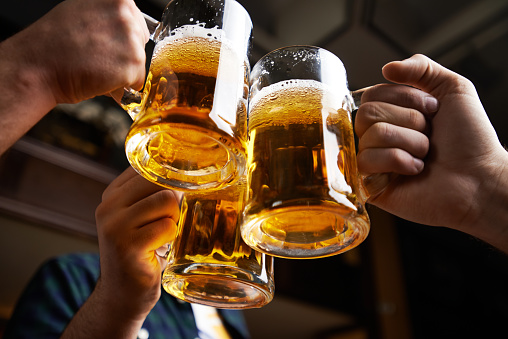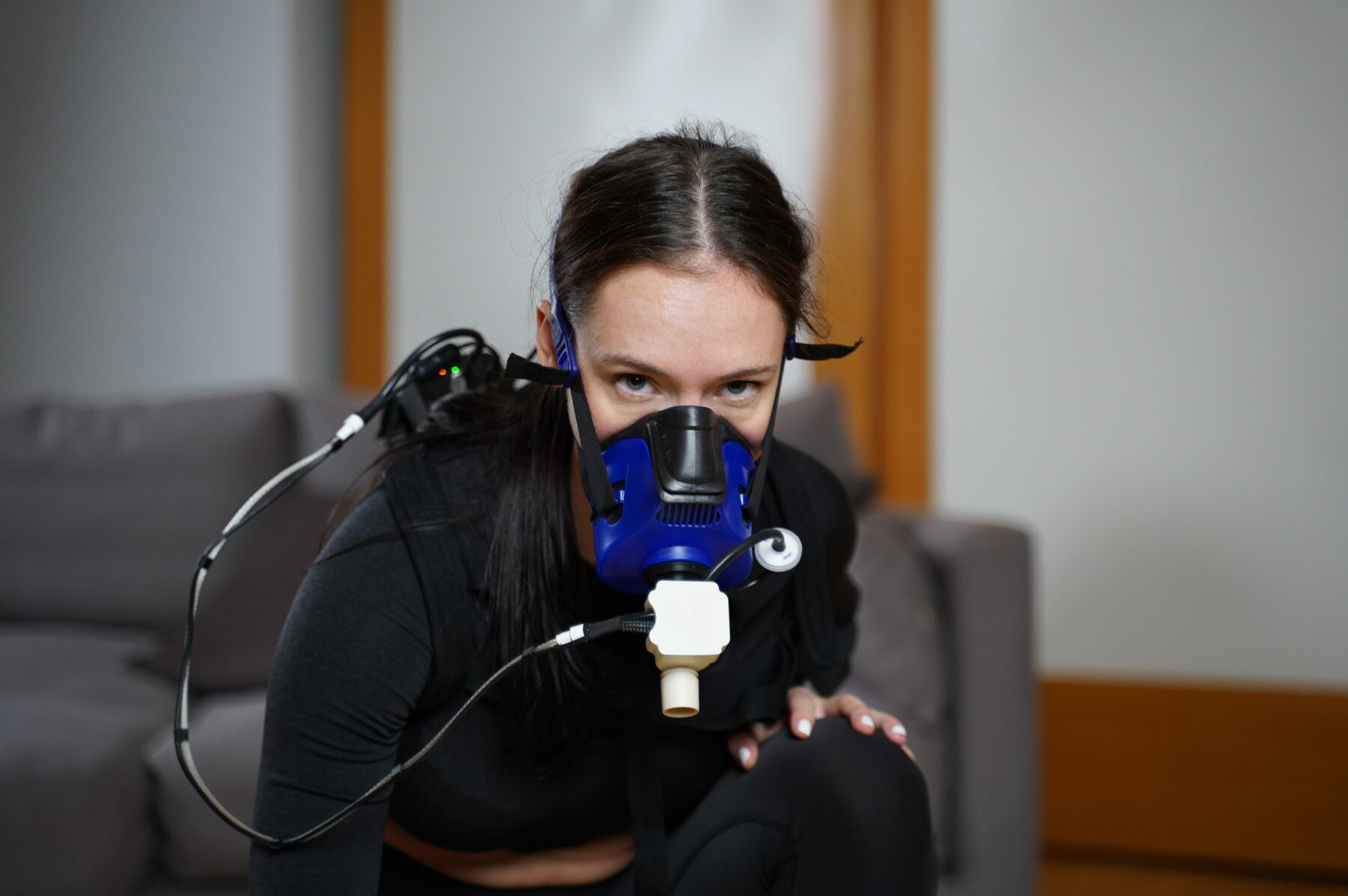Although modern medicine has made tremendous advances in treating and curing illnesses, the best way to stay healthy is through preventive care. This means taking proactive steps to prevent health problems before they occur. One great way to do this is by focusing on diet, nutrition, and exercise. Let’s take a closer look at how you can use these three elements as preventive medicine.
Diet
What we eat has a direct impact on our overall health and well-being. Eating more fresh fruits and vegetables, whole grains, and lean proteins while limiting processed foods will ensure that your body is getting all the nutrients it needs. Additionally, avoiding sugary drinks such as soda or fruit juices will help reduce your risk of developing chronic diseases like diabetes or heart disease.
Nutrition
Eating right isn’t enough; proper nutrition also requires understanding what vitamins and minerals your body needs. Many people are deficient in certain micronutrients such as vitamin D or iron, which can lead to fatigue or other medical issues if left untreated. Taking a daily supplement that contains those vitamins and minerals can help keep your body functioning optimally and prevent long-term health problems from developing.
Exercise
Physical activity is essential for maintaining good health; regular exercise helps strengthen your muscles and bones as well as improve heart health. You don’t need to join an expensive gym or buy expensive equipment to get the benefits of exercise—even something as simple as going for a walk every day can make a big difference in how you feel.
Focusing on diet, nutrition, and exercise is one of the best ways to practice preventive medicine and keep yourself healthy over time. By eating nutritious food, understanding which vitamins and minerals you need in order to stay healthy, and engaging in regular physical activity, you can protect yourself against illness while also boosting your energy levels so that you feel better overall! Taking these proactive steps now can help ensure that you stay healthy for years to come!





